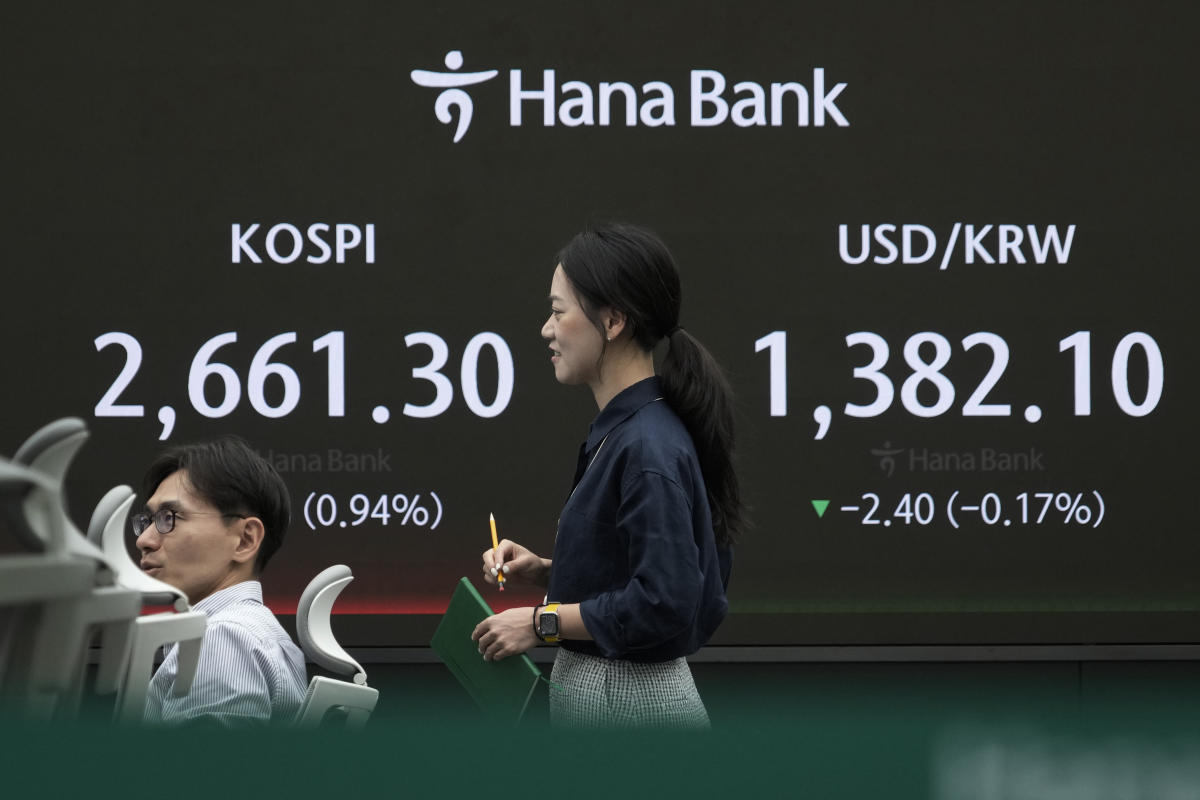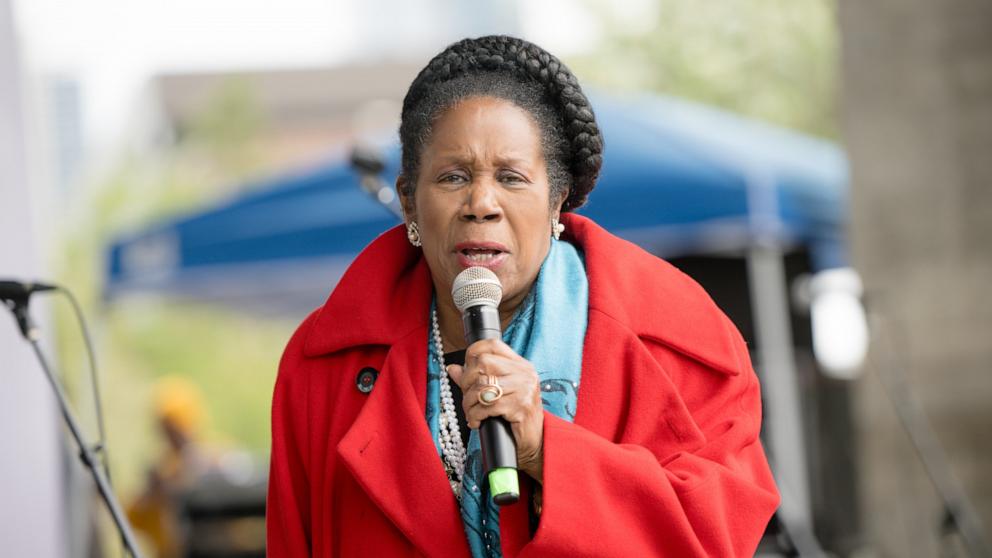Unlock the Editor’s Digest for free
Roula Khalaf, Editor of the FT, selects her favourite stories in this weekly newsletter.
The Israeli military said on Tuesday it carried out an attack on the Jabalia refugee camp in northern Gaza that eliminated a Hamas commander, and which officials in the enclave said also killed dozens of civilians.
A spokesman for the Israel Defense Forces said its air strike had killed Hamas battalion commander Ibrahim Biari, who he said had played a role in the Palestinian militant group’s deadly rampage through southern Israel on October 7. Israeli officials say more than 1,400 people died in the Hamas assault.
The strike came as Israeli ground forces engaged in fierce battles with Hamas fighters as they advanced on Gaza City, which Israel says is the group’s command hub.
The IDF said the attack on Jabalia had killed a “large number of terrorists who were with Biari”. “Underground terror infrastructure embedded beneath the buildings used by the terrorists also collapsed after the strike,” it added.
Video footage from the scene showed huge craters and collapsed buildings, with desperate crowds digging through the rubble in search of loved ones.
There were differing assessments of the death toll from the blast.
The director of Gaza’s Indonesian Hospital told the television station Al Jazeera that more than 50 Palestinians were killed and 150 wounded, but the director-general of the Palestine Red Crescent told the BBC that 25 civilians had died. The Financial Times has been unable to verify the number of people hurt or killed.
The Israeli strike comes as Gaza, which is controlled by Hamas, faces an acute humanitarian crisis.
Its 2.3mn inhabitants are in dire need of fuel, food and clean water, and hospitals are struggling to treat the thousands of people injured in Israel’s bombardment.
More than 8,500 Palestinians have been killed in Israeli attacks on the enclave, according to the Palestinian health ministry in Gaza, and more than 21,000 have been injured.
Hundreds of thousands have become displaced after Israel ordered the population of northern Gaza, an area it describes as Hamas’s “centre of gravity”, to move to the south.
António Guterres, UN secretary-general, said on the social media platform X that he was “deeply alarmed by the intensification of the conflict”.
The Jordanian foreign ministry condemned the “Israeli aggression” at Jabalia, saying on X that it held “Israel, the occupying power, responsible for this dangerous development”.
Israeli military officials said earlier that the IDF had struck about 300 Hamas targets in 24 hours in Gaza, including anti-tank missile and rocket-launch posts and military compounds inside underground tunnels.

Tzachi Hanegbi, Israel’s national security adviser, described the land offensive as a “difficult campaign involving fierce combat”. “There is no fighting without a painful price,” he added.
Israel has been reluctant to provide details about the progress of its ground invasion in Gaza, which began on Friday.
But on Tuesday the IDF said it had secured control of a Hamas compound in western Jabalia that it described as being “used . . . for training and the execution of terror activities”.
It added that the area contained firing positions, tunnels used as a passageway to the coast, and a large stock of weapons.
The IDF confirmed two of its soldiers were killed in the battle over the compound.
Unicef, the UN children’s fund, said on Tuesday the enclave had become “a graveyard for thousands of children”, and a “living hell for everyone else”.
It added Gaza was now providing only 5 per cent of its normal output of water and that infant deaths because of dehydration were a growing threat.
In a sign of the risk of the conflict spreading across the region, the Israeli military said it had intercepted a surface-to-surface missile fired towards the southern city of Eilat “from the area of the Red Sea”.
The Houthis, an Iran-aligned rebel movement that controls northern Yemen, later said they had launched a “large number of missiles and drones” on Israeli targets.
They added it was their third such attack and that they would conduct others, calling on “the Arab and Islamic peoples [to] come to the aid of Gaza and its children and women”.
The IDF said there had been “no threat or risk to civilians”.
A senior UN official warned this week that the war’s “spillover into Syria . . . has already begun”.
Geir Pedersen, the UN envoy for Syria, pointed to recent air strikes on airports in Aleppo and Damascus, widely believed to have been carried out by Israeli forces.
Addressing the UN Security Council, Pedersen also noted retaliation by the US for what it said were multiple attacks on its forces “by groups that it claims are backed by Iran, including on Syrian territory”.
In addition, the conflict has led to a flare-up in hostilities on Israel’s northern border with Lebanon, where IDF units have been engaged in escalating cross-border fire with the Iran-backed militant group Hizbollah in recent weeks.
Additional reporting by Samer Al-Atrush, Raya Jalabi and Simeon Kerr

David Turner is a globe-trotting journalist who brings a global perspective to our readers. With a commitment to shedding light on international events, he explores complex geopolitical issues, offering a nuanced view of the world’s most pressing challenges.








